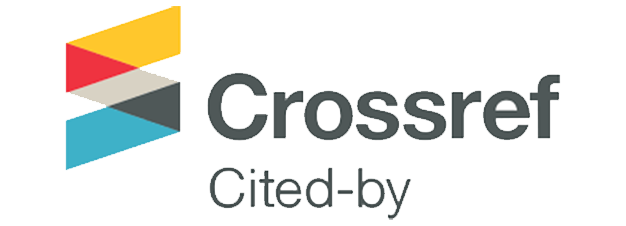The Use of Technology Acceptance Model (TAM) to Analyze Consumer Acceptance Towards E-Commerce Websites. A Case of the Plantage.id Digital Transformation Solution
DOI:
https://doi.org/10.32734/jeds.v4i2.13144Keywords:
Website, E-Commerce, Technology Acceptance Model (TAM)Abstract
Industry 4.0 has shifted business processes from traditional to digital systems and forced companies to take strategic steps to become more sustainable, one of which is e-commerce technology. A key element in getting consumers to accept and be interested in using e-commerce is the availability of a user-friendly e-commerce platform. This study intended to examine how the Technology Acceptance Model (TAM) theory's application analyzes consumer acceptability and adoption of the e-commerce website. The number of users that have completed transactions on the e-commerce (Plantage.id) website between January 2021 and August 2022 serves as the population and sample in this causal quantitative study. SEM-PLS, using the software SmartPLS, is used for data analysis. The results showed a positive and significant relationship between a significant relationship website; meanwhile, the influence of perceived ease of use on attitude towards using, perceived usefulness on behavioral intention, and attitude towards using on behavioral intention showed insignificant effects. The results of this study align with the Technology Acceptance Model (TAM) theory, which states that the perceived ease of use and perceived usefulness are the main factors that are important for users in determining the acceptance and actual usage of a new information technology system such as e-commerce. The higher these two factors, the greater the chance consumers can accept and use the systems.
Downloads
Downloads
Published
Issue
Section
License
Copyright (c) 2023 Journal of Environmental and Development Studies

This work is licensed under a Creative Commons Attribution-ShareAlike 4.0 International License.














